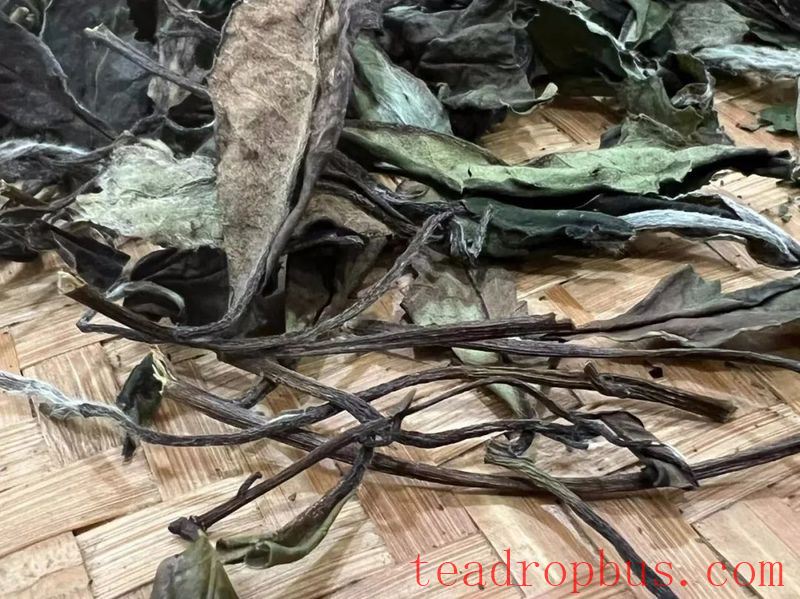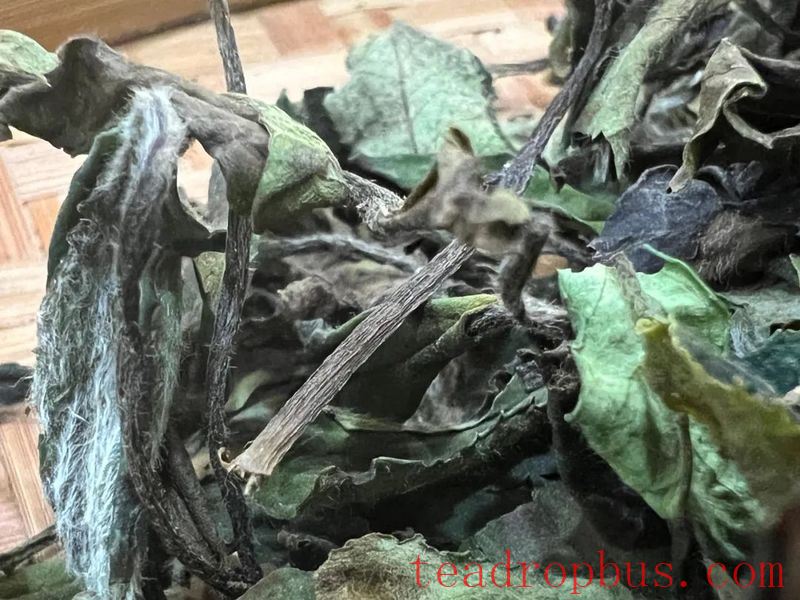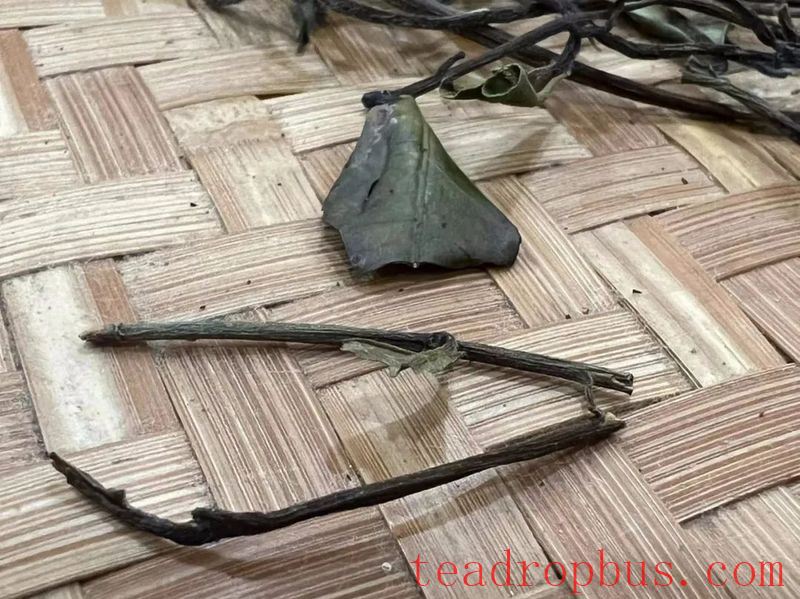White Tea, after several years of continuous growth and profitability, has sparked much interest and competition. Numerous Tea trees are now being processed into white tea, with Fuding white tea standing out as exceptional. Zhenghe white tea claims to be the originator, but there's no need for further debate as white tea is now produced across China. In particular, most regions in Fujian produce white tea [various Hua Cha numbers], while Yunnan's ancient tree white tea is vying for dominance. However, the production of white tea that originated in Fuding is not as simple as many believe; it's not just about drying the leaves. It's a minimalist process that encompasses complexity. Today, I will discuss the crucial step in Fuding white tea production: withering. Without proper withering, or if the withering is inadequate, the result is merely a dried leaf.
Let's start with tea evaluation. Teas that are not properly processed or do not meet the grade can be eliminated based on their appearance alone. For Fuding white tea, its grade significantly influences its price, so the appearance and the tea base score highly. Of course, there's also a wet evaluation where the tea is infused, primarily assessing its aroma, taste, and mouthfeel.
What is the definition and quality of Bai Mudan from Fuding?

It is a white tea product made from the buds and first or second leaves of Da Bai Cha or Shuixian tea varieties, processed through specific steps including withering, drying, and sorting.
National Standard
The national standard defines Da Bai Cha as the main variety, followed by Shuixian tea varieties. Not all teas can be processed into white tea, and Da Bai Cha is considered superior to other tea varieties. The picking standard is one bud with one or two leaves. Leaves without buds or with very small buds are considered substandard.
The first priority in the production process is withering, not just sun-drying. Currently, it's possible to achieve withering or a combination of sun-drying and withering, but this requires large open spaces and production facilities capable of accommodating the tea for extended periods. This is incredibly challenging. As a result, few teas achieve even a basic level of withering, let alone optimal withering.
Bai Mudan has an appearance of buds and leaves connected, with a natural leaf shape resembling flowers, hence its name “Bai Mudan.” The dry leaves are gray-green or dark green, with silver-white buds covered in white down on the back of the leaves. This is commonly referred to as “green face and white underside” or “blue sky and white earth.” Its aroma is characterized by a pronounced silvery down scent, with a taste that is clear, sweet, fresh, and refreshing. The infusion is yellow and clear. The infused leaves are light green or pale green, with red-brown veins and tender stems, often described as “green leaves with red veins” or “red-dressed and white-wrapped.”
National Standard
The description of “green face and white underside” or “blue sky and white earth” primarily distinguishes spring tea from other seasons. Additionally, the standard describes the aroma, silvery down scent, taste, and mouthfeel of the tea infusion, aiding enthusiasts in accurately identifying and positioning Bai Mudan.
Here, we need to explain further, focusing on the importance of adequate withering. The presence of red-brown veins and tender stems is referred to as “green leaves with red veins” or “red-dressed and white-wrapped.”

These are the key descriptive terms for Bai Mudan's appearance, taking into account the critical nature of the withering process. They provide important criteria for identifying and distinguishing properly withered teas. By carefully studying the national standards, it's not difficult to find high-quality white tea.
The reason why the national standard emphasizes red veins is that well-made Bai Mudan typically undergoes thorough processing, including withering. You can take a close-up photo of such Bai Mudan or use a magnifying glass to examine the stems and veins, noticing a strong sense of contraction. This will give you a profound understanding of the term “withering (water loss).”

This is a high-definition image; zoom in to see the condition of the stems.
Inadequately withered Bai Mudan often results in green leaves and stems that haven't fully turned red. When brewing such tea, processing issues may lead to a grassy flavor and bitterness, making it unpleasant to drink.

White tea does not involve frying or drying; it's simply exposed to the sun. Sounds simple, right? However, the complexity lies in the fact that it cannot just be sun-dried; sun-drying and withering must occur simultaneously, and there needs to be ample space for prolonged withering. Even if the space is available, one must be willing to reduce the volume significantly to make room for withering. Thus, producing finished white tea products isn't difficult, but the challenge lies in facing factors like the temptation of immediate profits, wasted processing capacity, and the need for extensive space. As a result, truly excellent white tea is scarce. During production, especially with spring Bai Mudan, the yield determines success. Everyone wants to increase production, but if proper withering is prioritized, a significant portion of the yield is sacrificed, and the normal withering time is particularly long, leading to tension between quantity and quality. This dichotomy tests the skill and dedication of tea makers, who must decide whether to prioritize quality over quantity, production capacity over profit, or vice versa.
A Cup of excellent white tea sounds easy to achieve, but in reality, it's incredibly challenging. However, striving for perfection, or as close to it as possible, is a dream and an ideal… akin to having both fish and bear paws.